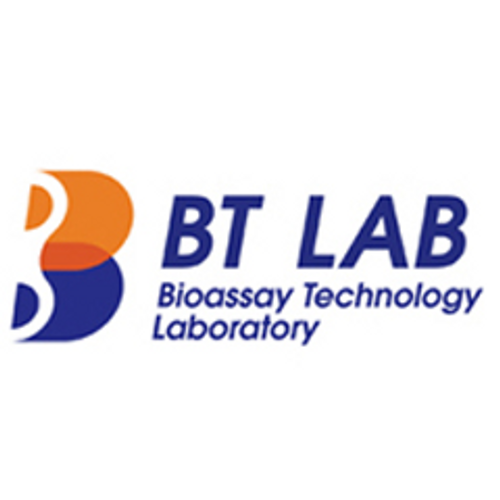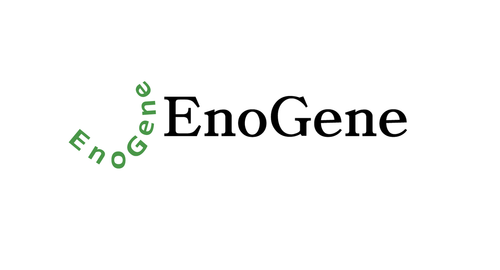Product Description
RELB Antibody [AMM02563G] | Leading Biology
Product Category: Monoclonal Antibodies
Host: Mouse
Species Reactivity: H, M
Specificity: This RELB antibody is generated from a mouse immunized with a recombinant protein human RELB.
Cellular Localisation: Nucleus. Cytoplasm, cytoskeleton, microtubule organizing center, centrosome. Note=Colocalizes with NEK6 in the centrosome
Molecular Weight: 62134
Clone: Monoclonal
Gene Name: RELB
Gene ID: 5971
Function: NF-kappa-B is a pleiotropic transcription factor which is present in almost all cell types and is involved in many biological processed such as inflammation, immunity, differentiation, cell growth, tumorigenesis and apoptosis. NF-kappa-B is a homo- or heterodimeric complex formed by the Rel-like domain-containing proteins RELA/p65, RELB, NFKB1/p105, NFKB1/p50, REL and NFKB2/p52. The dimers bind at kappa-B sites in the DNA of their target genes and the individual dimers have distinct preferences for different kappa-B sites that they can bind with distinguishable affinity and specificity. Different dimer combinations act as transcriptional activators or repressors, respectively. NF-kappa-B is controlled by various mechanisms of post- translational modification and subcellular compartmentalization as well as by interactions with other cofactors or corepressors. NF-kappa-B complexes are held in the cytoplasm in an inactive state complexed with members of the NF-kappa-B inhibitor (I-kappa-B) family. In a conventional activation pathway, I-kappa-B is phosphorylated by I- kappa-B kinases (IKKs) in response to different activators, subsequently degraded thus liberating the active NF-kappa-B complex which translocates to the nucleus. NF-kappa-B heterodimeric RelB-p50 and RelB-p52 complexes are transcriptional activators. RELB neither associates with DNA nor with RELA/p65 or REL. Stimulates promoter activity in the presence of NFKB2/p49. As a member of the NUPR1/RELB/IER3 survival pathway, may provide pancreatic ductal adenocarcinoma with remarkable resistance to cell stress, such as starvation or gemcitabine treatment. Regulates the circadian clock by repressing the transcriptional activator activity of the CLOCK- ARNTL/BMAL1 heterodimer in a CRY1/CRY2 independent manner. Increased repression of the heterodimer is seen in the presence of NFKB2/p52. Is required for both T and B lymphocyte maturation and function (PubMed:26385063) .
Summary: N/A
Form: N/A
Storage: Store at +4°C short term. For long-term storage, aliquot and store at -20°C or below. Stable for 12 months at -20°C. Avoid repeated freeze-thaw cycles.
Application: WB
Dilution: WB--1:5000
Synonyms: Transcription factor RelB, I-Rel, RELB
 Euro
Euro
 USD
USD
 British Pound
British Pound
 NULL
NULL

![RELB Antibody [AMM02563G] RELB Antibody [AMM02563G]](https://cdn11.bigcommerce.com/s-452hpg8iuh/images/stencil/1280x1280/products/870350/1162417/logo__92149.1659788186__77352.1659866520.png?c=2)
![RELB Antibody [AMM02563G] RELB Antibody [AMM02563G]](https://cdn11.bigcommerce.com/s-452hpg8iuh/images/stencil/100x100/products/870350/1162417/logo__92149.1659788186__77352.1659866520.png?c=2)
![RELB Antibody [AMM02563G] RELB Antibody [AMM02563G]](https://cdn11.bigcommerce.com/s-452hpg8iuh/images/stencil/500x659/products/870350/1162417/logo__92149.1659788186__77352.1659866520.png?c=2)




